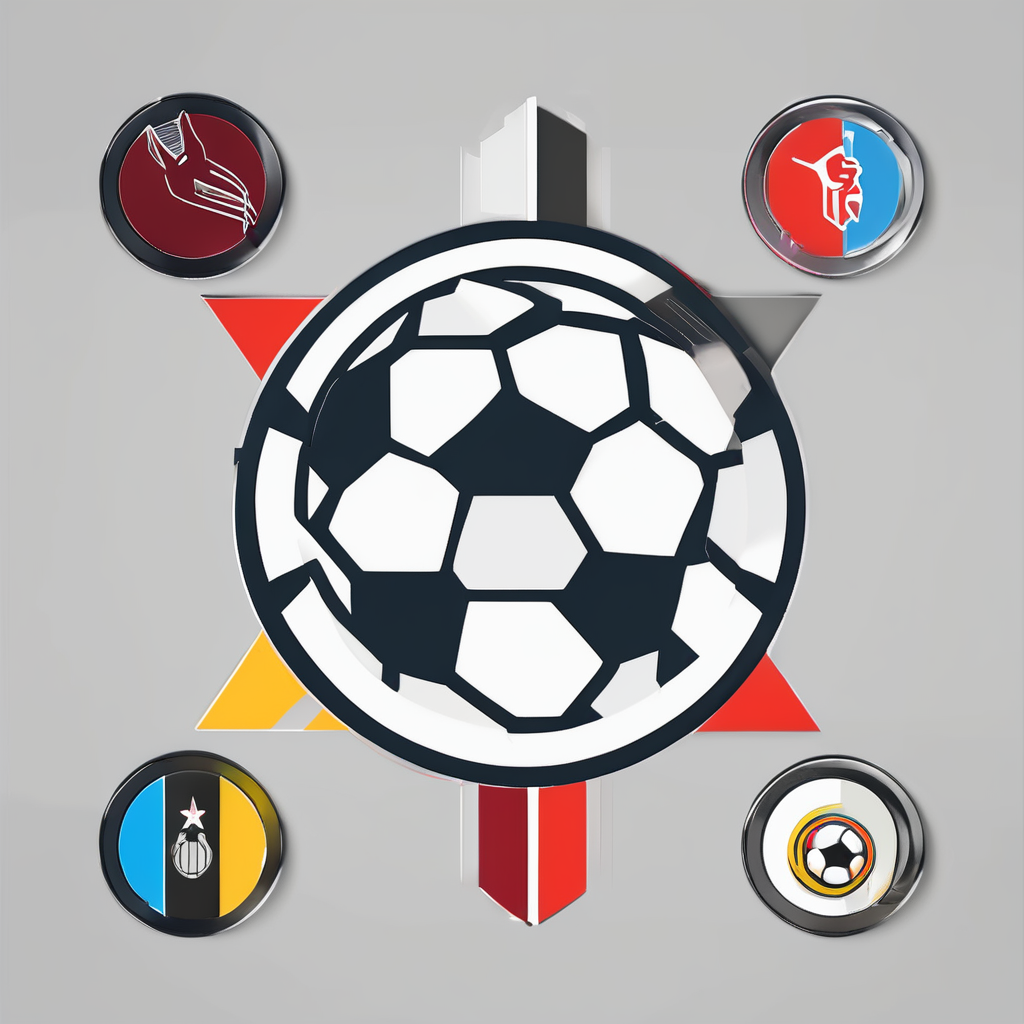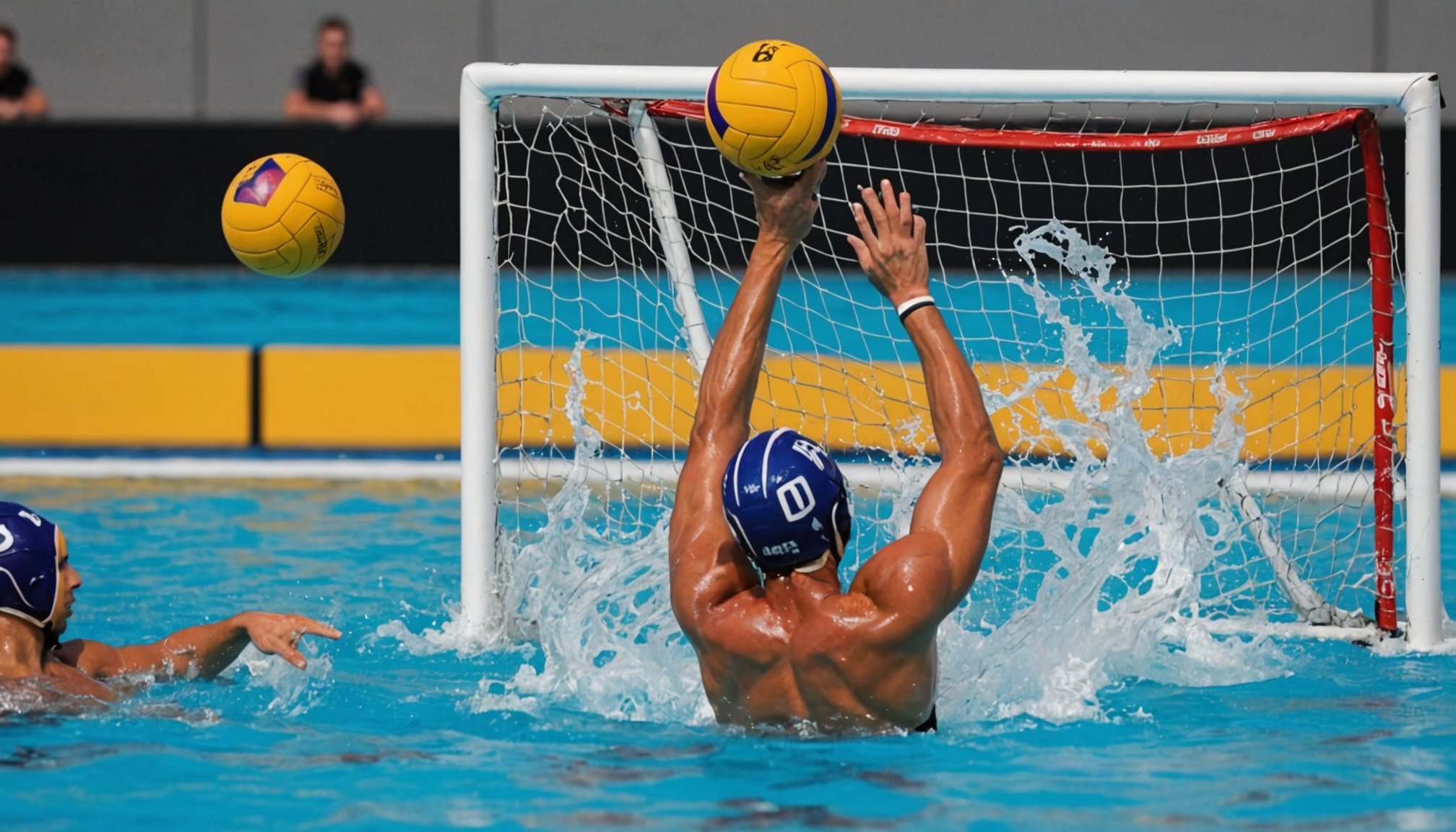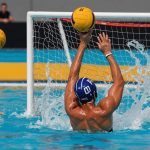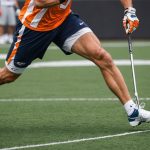Understanding the Importance of Reaction Time in Water Polo
In the intense world of water polo, a goalkeeper’s reaction time is often the deciding factor between a game-changing save and a score. Reaction time affects the performance of goalkeepers, who must rapidly respond to fast-paced shots aimed at the goal. An exceptional reaction time can dramatically enhance water polo goalkeeping effectiveness, as players face high-speed situations requiring split-second decisions.
Consider statistics that show how critical this skill is: studies have demonstrated that goalkeepers with superior reaction times can improve their team’s game outcome probabilities significantly. For instance, a small improvement in reaction time can lead to a noticeable increase in save percentages, directly influencing the game’s result.
This might interest you : Essential injury prevention techniques for professional lacrosse players: mastering hamstring health
Moreover, psychological factors heavily influence reaction time. Anxiety levels, focus, and even a goalkeeper’s confidence can either sharpen or dull their responsiveness. The ability to maintain composure under pressure is crucial, as it allows goalkeepers to anticipate and react instantly to the ball’s trajectory.
Ultimately, honing reaction time and mastering goalkeeper skills are fundamental for success in water polo. Through targeted training, athletes can enhance their natural reflexes and improve their mental resilience, ensuring they are always poised to make those crucial saves.
This might interest you : Mastering Mid-Race Fatigue: Essential Mental Preparation Techniques for Triathletes
Targeted Drills for Enhancing Reaction Time
Goalkeepers need exceptional training exercises to refine their skills and reaction times. Enhancing these abilities calls for skill enhancement through specific drills.
Ladder Drills
Ladder drills form a pivotal component in goalkeeper drills, improving footwork and agility. By rapidly moving through the rungs, goalkeepers enhance their quickness—key in covering the goal. Incorporating ladder drills helps in boosting overall coordination and balance, which is essential for sudden directional changes. Regular practice of these drills can significantly reduce reaction time during high-pressure situations.
Shadowing Techniques
Shadowing, a critical element in goalkeeper drills, involves simulating real-game scenarios. This technique helps goalkeepers in honing their ability to anticipate the opponent’s moves. Through repetitive practice, goalkeepers can predict player actions better, a vital trait in skill enhancement. By focusing on an opponent’s physical cues, one can develop a keen sense of anticipation, aiding in decision-making during matches.
Quick Reflex Exercises
Reflex-based exercises are integral in training exercises for goalkeepers. These aim at sharpening their response time. Incorporating drills like the “reaction ball” tap, where a ball is swiftly tossed in random directions, forces goalkeepers to stretch their reflexes. Such exercises instill rapid response capabilities, necessary for saving unexpected shots and mastering skill enhancement.
Incorporating Game Situations into Training
Enhancing realistic training through game simulation is crucial for any athlete. By employing situational drills, teams can mimic in-game conditions, which significantly boosts performance. These drills focus on recreating the fast-paced, high-pressure environments presented in actual matches.
One effective method to achieve this is through game simulation practices. These exercises place players in specific scenarios, urging them to adapt and make quick decisions. Such practices help athletes improve their decision-making under pressure, a vital skill in competitive sport. For instance, simulating the final seconds of a tied game can prepare players mentally and physically for real-world challenges.
Setting up these situational drills requires careful planning. Coaches should design scenarios that reflect the common situations players face in their sport. It’s essential to consider variables like time constraints and opponent strategies. This approach ensures that athletes are not just practicing skills but are refining their strategic thinking.
These exercises not only sharpen tactical awareness but also enhance team cohesion. By rehearsing together, players learn to anticipate each other’s moves, fostering a unified effort during actual games. Overall, incorporating game situations into training leads to more realistic training experiences, which in turn increases a team’s competitive edge.
Measuring and Assessing Improvement
Understanding performance metrics and effectively utilizing improvement tracking are vital in any skill development process. These methods offer insights and feedback essential for growth.
Reaction Time Tests
Evaluating reaction time during exercises can be a powerful way to assess improvement. Various methods such as digital timer apps or interactive online tests provide immediate feedback. Regularly tracking results over time enables individuals to pinpoint specific areas that require additional focus. By comparing metrics from previous tests, one can clearly identify which strategies are effective, leading to targeted performance tracking.
Video Analysis
Leveraging video can profoundly enhance performance feedback. Recording activities allows individuals to review their techniques and identify nuances that might go unnoticed in real-time. Such analysis also facilitates comparisons of past and present performances, highlighting areas of improvement. Through this visual medium, individuals can receive detailed performance metrics, helping them understand and implement necessary adjustments.
Peer Review Sessions
Engaging in peer review sessions is invaluable in fostering a culture of constructive feedback. Fellow participants can offer insights that may not be immediately obvious. This collective assessment widens the scope of potential improvements. Emphasizing openness in these sessions promotes an environment where individuals feel comfortable sharing and receiving feedback, ultimately contributing to holistic growth and improvement tracking.
Tips for Consistency in Training
Maintaining training consistency is crucial, especially in sports like goalkeeping, where skills are honed over time. Developing a routine is the backbone of this consistency. It requires commitment and a structured approach to ensure you train effectively and regularly.
Strategies for a Regular Schedule
Creating a regular training schedule starts with identifying the most convenient times you can consistently dedicate to training. Begin by setting realistic goals; align them with your available time to avoid burnout. For budding goalkeepers, striking a balance between intensity and duration can lead to optimal results.
Importance of Variety
Monotony in training can lead to a lack of motivation. Hence, infusing variety within your drills not only keeps the sessions engaging but also boosts different skill sets. Aim for a mix of physical drills, reflex exercises, and mental strategy sessions. Varied techniques help maintain interest and keep you eager to return to the field.
Staying Motivated and Accountable
Staying motivated is easier when accountability is part of your plan. Engage with a coach who regularly tracks your progress or pair up with a training partner. Goalkeeper training tips often recommend using technology—like scheduling apps or fitness trackers—as it offers reminders and records your progress, pushing you to keep achieving.
Expert Insights and Tips
Drawing from goalkeeper expertise, this section delves into coaching advice and professional tips to elevate your game.
Interviews with Experienced Coaches
Conversations with seasoned coaches reveal the transformative power of foundational skills. Coaches emphasise the importance of agility and hand-eye coordination. These are cornerstones for any aspiring goalkeeper. Training drills that simulate real-match scenarios also foster quick decision-making and reflexes. Besides physical skills, coaches highlight the importance of mental preparation. Confidence-building techniques and stress-management strategies are essential in high-pressure situations.
Common Mistakes to Avoid
Among frequent errors, one stands out: improper positioning. Keeping the right stance ensures goal coverage and reaction readiness. Coaches stress the importance of visualising the game. Anticipating the opponent’s moves can prevent unnecessary goals. Communication breakdowns, especially with defenders, can also lead to vulnerabilities. Regular practice on these fundamentals can mitigate common missteps.
Advanced Techniques for Experienced Goalkeepers
For goalkeepers seeking to push boundaries, innovation in technique is key. Advanced drills, such as simulated two-goalkeeper scenarios, challenge reflexes and coordination. Coaches advocate for the incorporation of high-intensity interval training (HIIT) focused on maintaining sharpness through prolonged matches. Mastery of ball distribution, whether via throws or punt kicks, is also critical for initiating counter-attacks, adding a strategic layer to a goalkeeper’s responsibilities.











